The animal kingdom never ceases to amaze us with its extraordinary abilities and adaptations. Among these marvels stands the lyrebird, nature’s premier sound mimic with an astonishing repertoire of over 200 different sounds. These Australian natives possess vocal abilities that surpass any other bird species on Earth, making them one of nature’s most accomplished performers. Their capacity to reproduce nearly any sound they hear—from other birds’ calls to camera shutters and even chainsaws—has earned them fame and fascination among ornithologists and casual observers alike. In this article, we’ll explore the remarkable world of lyrebirds and discover what makes their vocal talents so extraordinary.
The Lyrebird: An Australian Marvel
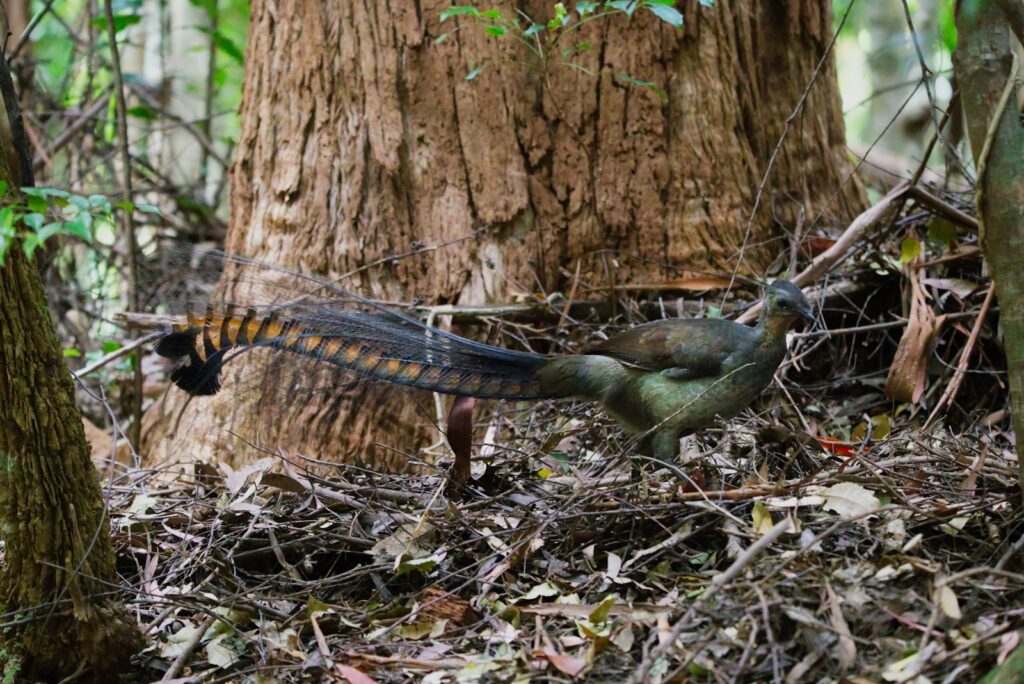
Australia hosts two species of lyrebirds: the Superb Lyrebird (Menura novaehollandiae) and the Albert’s Lyrebird (Menura alberti), both belonging to the family Menuridae. The Superb Lyrebird, the more common and widely distributed of the two, inhabits the forests of southeastern Australia, while the rarer Albert’s Lyrebird is confined to a small region in northeastern New South Wales and southeastern Queensland. These ground-dwelling birds are named for the male’s spectacular lyre-shaped tail, which resembles the ancient Greek musical instrument. Despite their unremarkable brown plumage, lyrebirds have become iconic for their extraordinary vocal capabilities rather than their appearance, establishing themselves as Australia’s most celebrated avian vocalists.
Evolutionary History and Classification
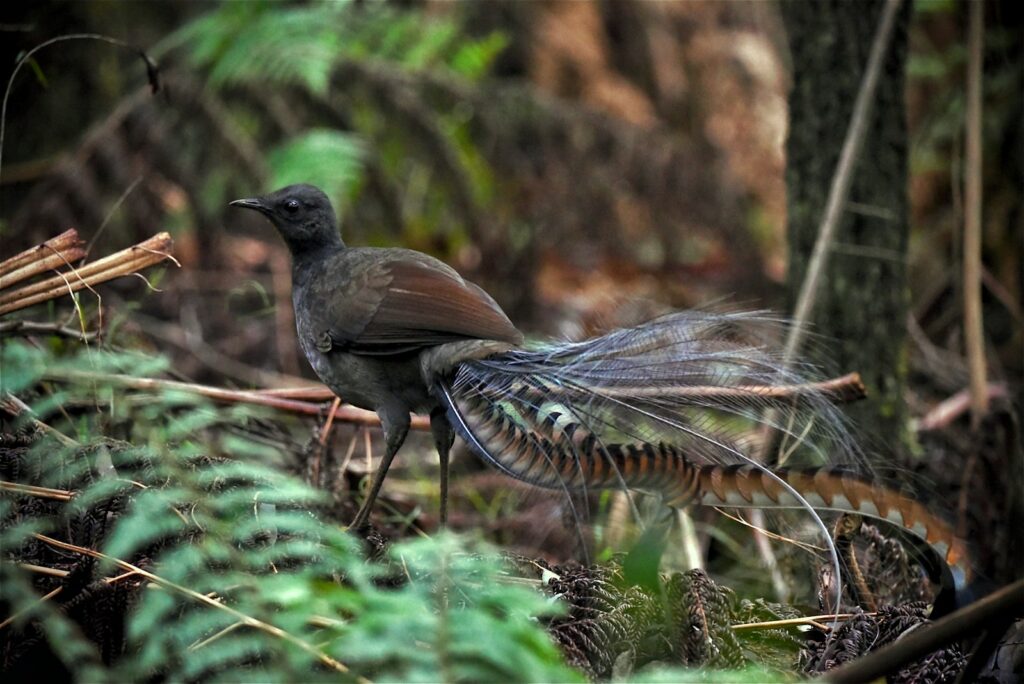
Lyrebirds belong to the ancient Menuridae family and are considered one of Australia’s oldest bird lineages, with evolutionary roots extending back over 30 million years. They’re classified in the order Passeriformes (songbirds) but form their own distinct family, highlighting their unique evolutionary path. DNA studies suggest lyrebirds diverged early in the evolution of songbirds, which explains their distinctive features and abilities. Their closest relatives include the scrub-birds, another ancient Australian lineage, together forming the suborder Menurae. This long evolutionary isolation in Australia’s forests has allowed lyrebirds to develop their remarkable vocal apparatus and mimicry skills in relative isolation from other songbird lineages.
The Extraordinary Vocal Apparatus
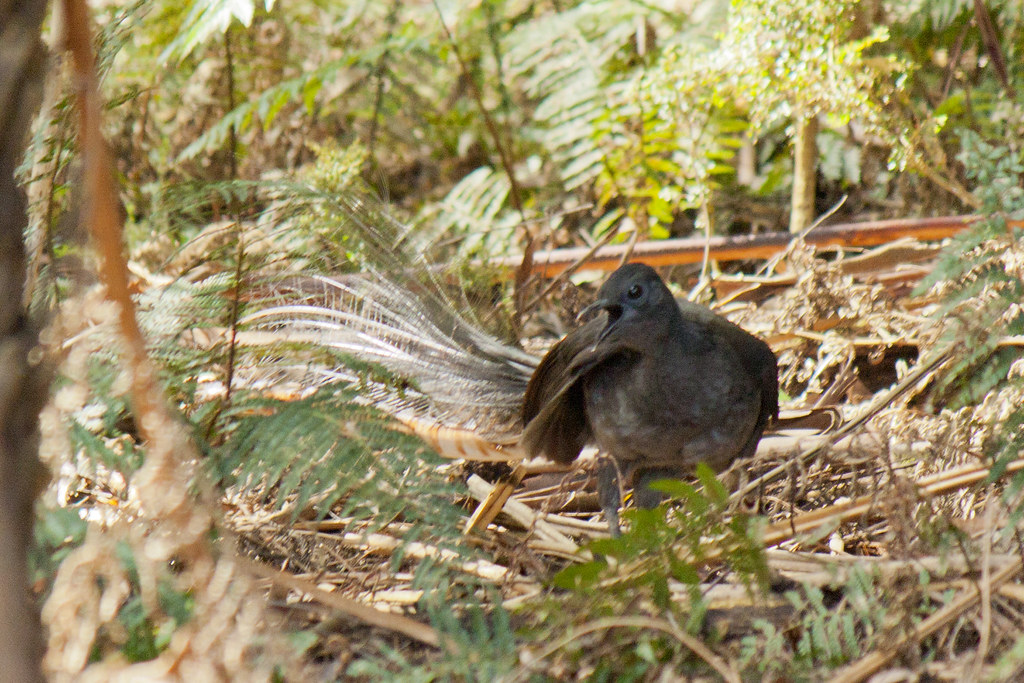
The lyrebird’s vocal prowess stems from its uniquely adapted syrinx, the avian equivalent of a voice box, which is the most complex of any songbird. Unlike humans, who produce sound using a single larynx, birds possess a syrinx with two independent sound sources, allowing for greater vocal flexibility. The lyrebird’s syrinx takes this capability to extraordinary levels with specialized muscles that provide unprecedented control over sound production. Their vocal tract can be precisely manipulated to alter sound resonance and timbre, essentially functioning as a sophisticated biological synthesizer. Scientists have documented that lyrebirds possess the most complex syringeal muscles of any bird, with neural pathways specifically evolved for learning and reproducing diverse sounds.
Mimicry Range: From Natural to Mechanical Sounds
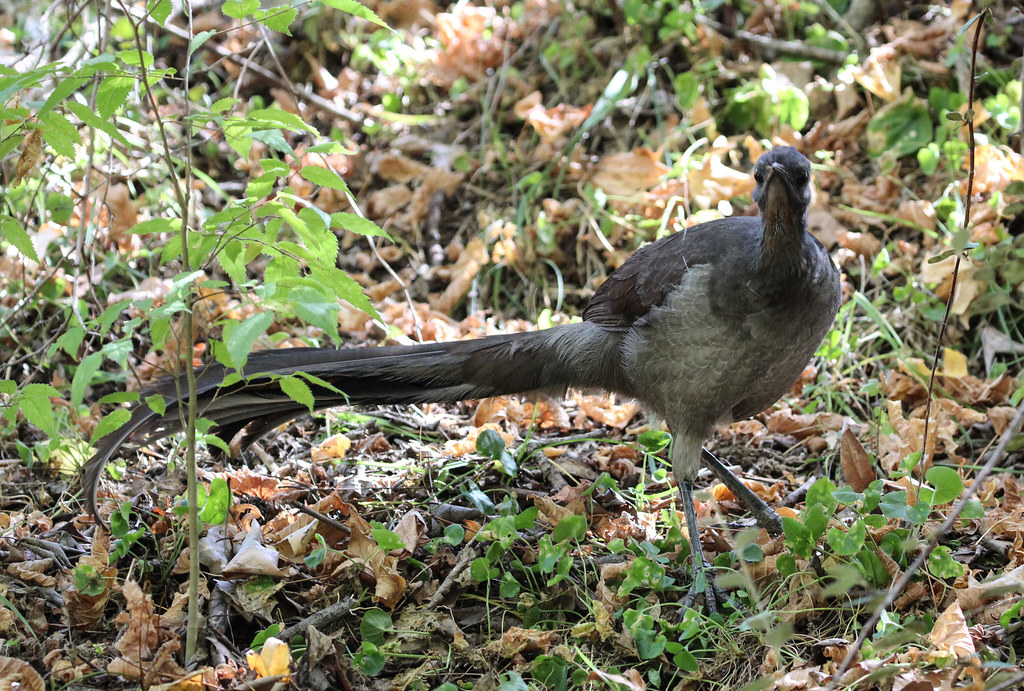
The lyrebird’s mimicry range defies belief, spanning from the calls of at least 20 different bird species to an assortment of environmental and man-made sounds. They flawlessly reproduce the calls of kookaburras, cockatoos, and rosella parrots, often creating a medley of forest sounds in a single performance. Perhaps more impressively, lyrebirds incorporate mechanical and human-made sounds into their repertoire—camera shutters, car alarms, chainsaws, construction equipment, and even human speech. A famous recording by wildlife documentarian David Attenborough captured a lyrebird perfectly imitating the sounds of loggers working in their habitat, complete with chainsaw noises and the beeping of vehicles backing up. Some captive lyrebirds have even learned to mimic the sound of a crying baby or complete musical tunes.
Learning and Memory Capabilities
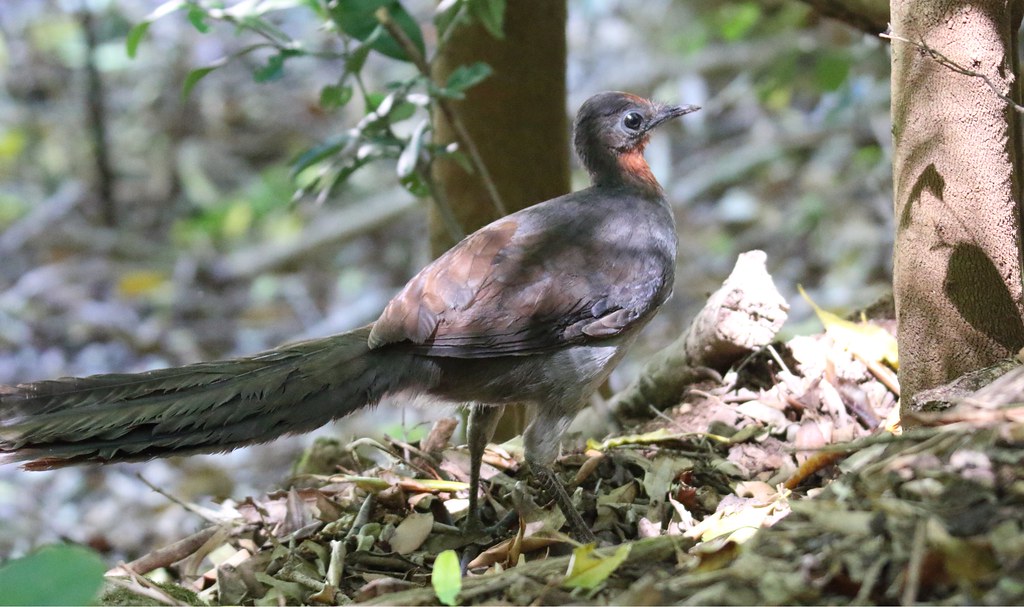
Lyrebirds demonstrate exceptional learning abilities, with chicks beginning to develop their vocal repertoire from a very young age. Male lyrebirds spend years perfecting their mimicry, continually adding new sounds throughout their lives. Their remarkable auditory memory allows them to store and recall sounds heard months or even years earlier, reproducing them with stunning accuracy. Researchers have documented individual lyrebirds remembering and reproducing sounds they haven’t heard for over seven years, suggesting an exceptionally long-term memory for acoustic information. Their learning process involves repeated practice, with young males often producing imperfect versions of sounds before mastering them through thousands of repetitions, much like a musician practicing a difficult piece.
The Theatrical Courtship Display
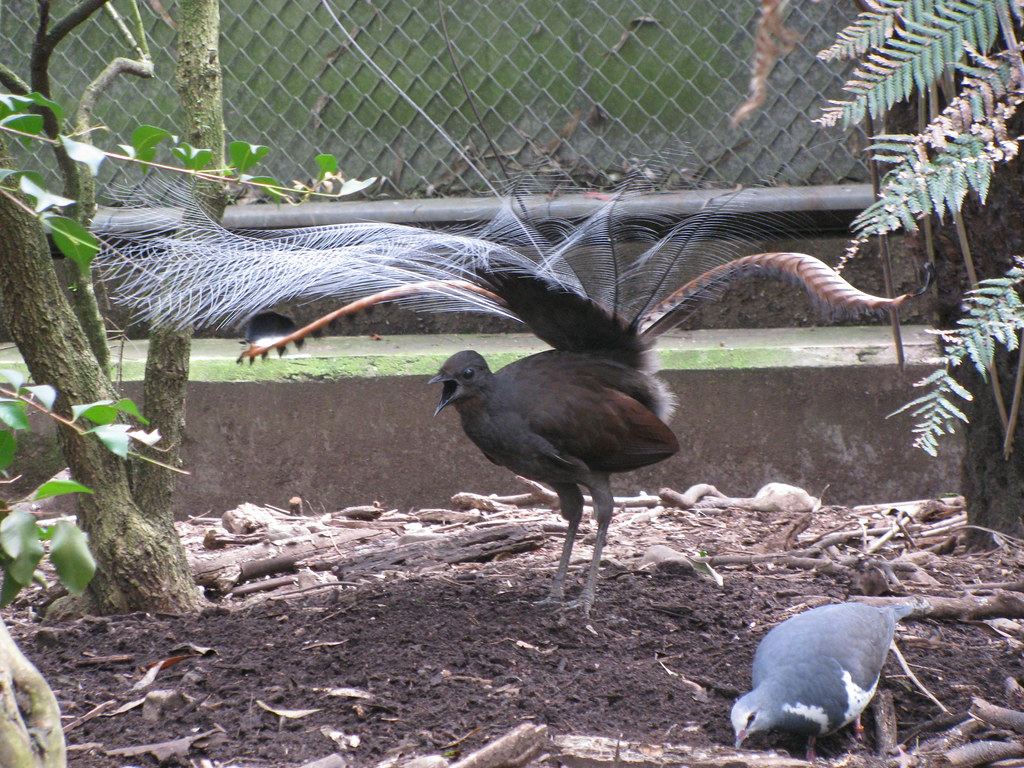
The male lyrebird’s vocal talents reach their pinnacle during courtship season, when they perform elaborate displays to attract females. During these performances, the male creates a small mound of soil to serve as his stage, where he fans his magnificent tail feathers over his head while dancing rhythmically. As he dances, he cycles through his entire vocal repertoire, producing a continuous stream of mimicked sounds that can last for hours. The performance includes not just perfect sound reproductions but also synchronized movements that often match the original context of the sound—for instance, mimicking a kookaburra while performing movements reminiscent of that bird. Females observe these performances critically, selecting mates based on the diversity, accuracy, and complexity of their vocal repertoire, creating strong selective pressure for ever-increasing mimicry skills.
Social Structure and Territorial Behavior
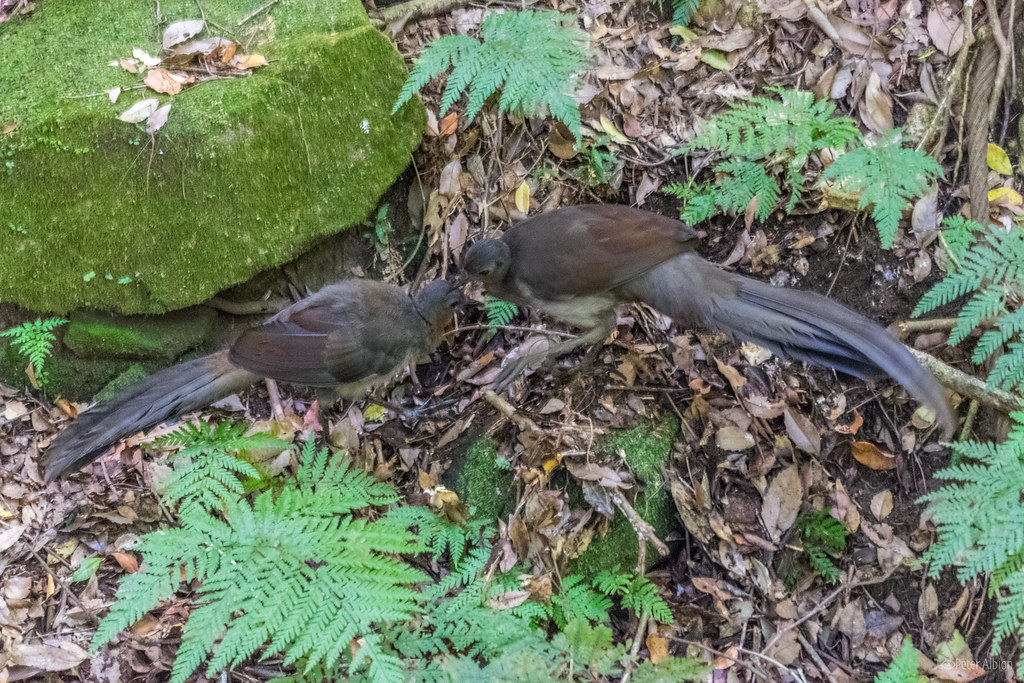
Lyrebirds maintain a largely solitary existence outside the breeding season, with each bird establishing and defending a personal territory. Males maintain larger territories than females, typically covering 2-10 hectares of dense forest undergrowth. Territory boundaries are maintained primarily through vocal displays rather than physical confrontation, with males using their impressive vocal repertoire to advertise their presence and deter rivals. Female lyrebirds also vocalize but with less variety and intensity than males, focusing more on territorial maintenance than elaborate displays. Territories often remain stable for many years, with some documented cases of male lyrebirds occupying the same territory for over a decade, perfecting their mimicry and gradually expanding their sonic repertoire throughout their residency.
Diet and Foraging Behavior

Despite their vocal extravagance, lyrebirds maintain a surprisingly modest diet consisting primarily of invertebrates found in forest soil and leaf litter. They spend most of their day methodically scratching through the forest floor with their powerful legs and claws, searching for insects, worms, spiders, and small crustaceans. Their foraging creates distinctive circular patterns in the leaf litter, often turning over large areas of the forest floor each day. This scratching behavior serves an important ecological function, helping to mix and aerate soil while reducing the risk of wildfire by breaking up leaf litter. Lyrebirds occasionally supplement their invertebrate diet with small amounts of seeds, fruits, and fungi, particularly during seasonal shifts when certain insects may be less abundant.
Natural Habitat and Ecological Importance
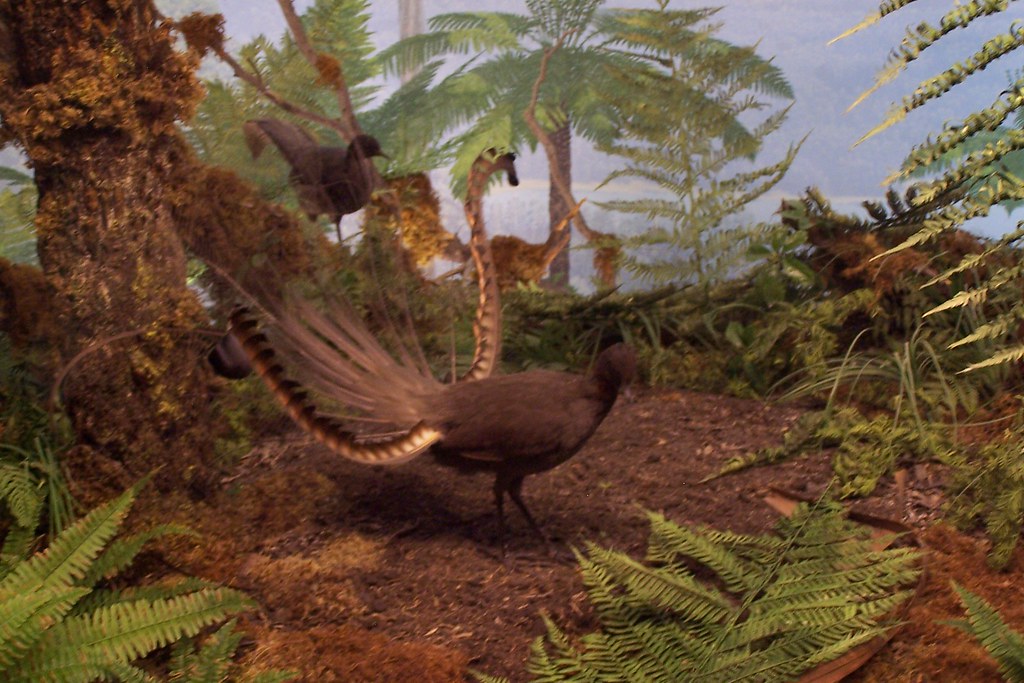
Lyrebirds thrive in the dense understory of wet sclerophyll forests and temperate rainforests, preferring areas with humid conditions and thick groundcover. These habitats provide the birds with both abundant food resources and protection from predators like foxes and eagles. As ecosystem engineers, lyrebirds significantly impact their forest environments through their persistent scratching and digging, which can turn over the entire forest floor several times per year. This activity assists with seed dispersal, promotes decomposition, reduces fuel loads that might feed wildfires, and creates microhabitats for smaller organisms. Research has shown that areas regularly maintained by lyrebirds support greater soil invertebrate diversity and improved seedling establishment, highlighting their importance as a keystone species in Australian forest ecosystems.
Reproduction and Parenting
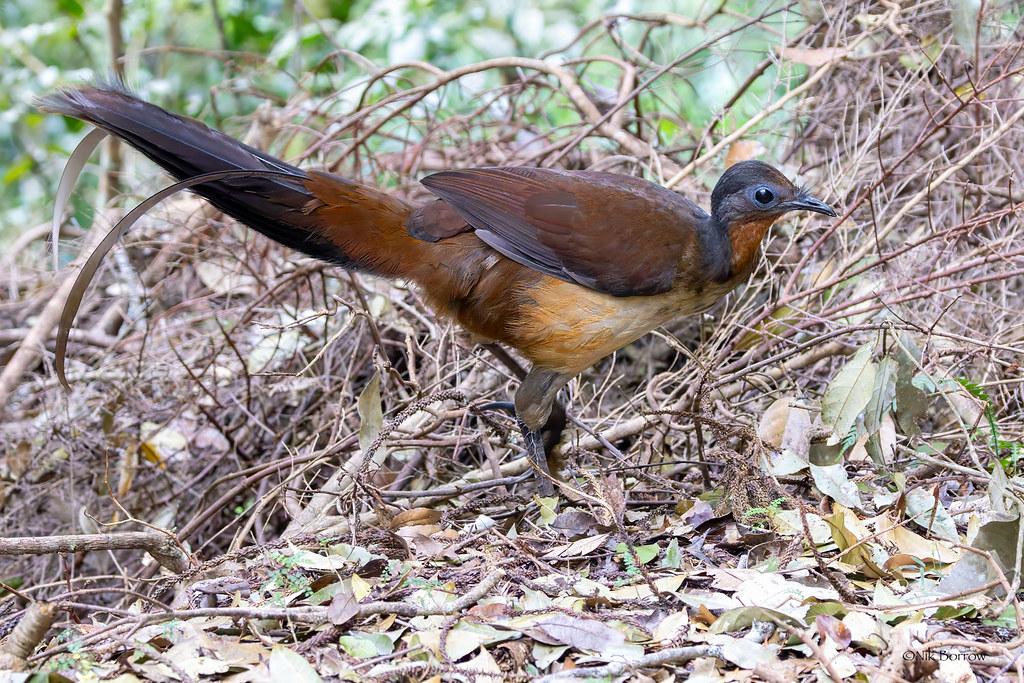
Female lyrebirds bear the sole responsibility for nest building, incubation, and chick-rearing, receiving no assistance from males after mating. The female constructs a domed nest of sticks, moss, and ferns, typically hidden on the ground or in low vegetation. She lays a single egg per season and incubates it diligently for approximately six weeks, one of the longest incubation periods among songbirds. The chick remains in the nest for about six to ten weeks, during which the mother provides regular feedings of regurgitated insects. Young lyrebirds begin practicing mimicry early, initially copying their mother’s calls before expanding their repertoire through experimentation and learning. This extended period of development allows juvenile lyrebirds to gradually build the neural connections required for their complex vocal abilities.
Conservation Status and Threats
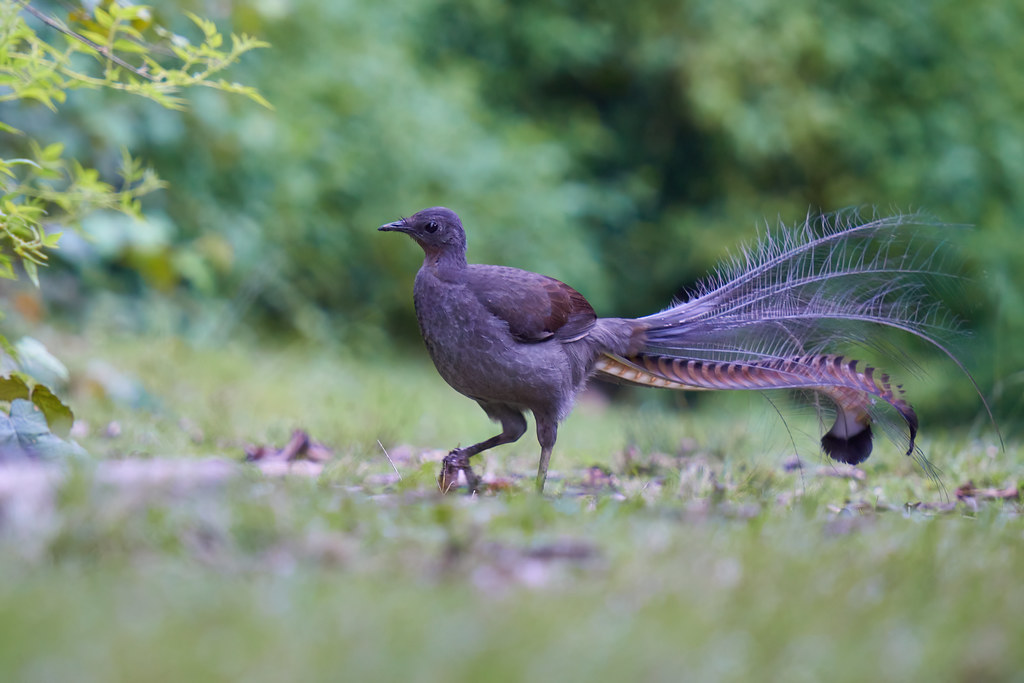
While the Superb Lyrebird maintains a relatively stable population, the Albert’s Lyrebird is classified as near-threatened due to its limited distribution and specific habitat requirements. Both species face ongoing challenges from habitat loss due to urban development, agriculture, and logging of old-growth forests. Introduced predators, particularly foxes and feral cats, pose significant threats to these ground-dwelling birds and their nests. Climate change represents another emerging concern, as increasing temperatures and altered rainfall patterns affect the moisture-dependent forest ecosystems lyrebirds inhabit. Conservation efforts include habitat protection through national parks and reserves, predator control programs, and ongoing research to better understand the species’ ecological needs and population dynamics.
Cultural Significance and Human Fascination
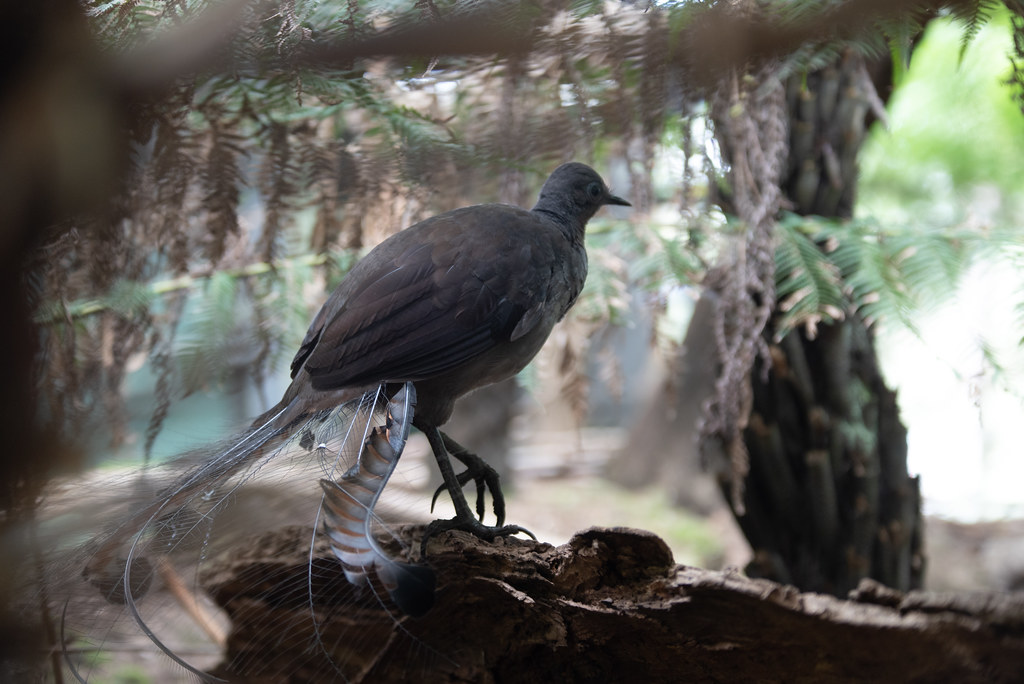
Lyrebirds have captured human imagination for centuries, featuring prominently in Aboriginal storytelling and art long before European colonization. Indigenous Australians recognized the bird’s exceptional abilities, incorporating lyrebird mimicry into ceremonies and developing stories that explained the bird’s acquisition of other animals’ voices. In contemporary Australia, the lyrebird appears on the 10-cent coin and has been embraced as a national symbol of the country’s unique wildlife. The bird gained international fame through wildlife documentaries, particularly David Attenborough’s segments highlighting their remarkable mimicry skills. Ornithologists, biologists, and neuroscientists continue to study lyrebirds to understand the mechanisms behind such extraordinary vocal learning, making them important subjects in research on animal cognition and the evolution of communication.
The Future of Lyrebird Research
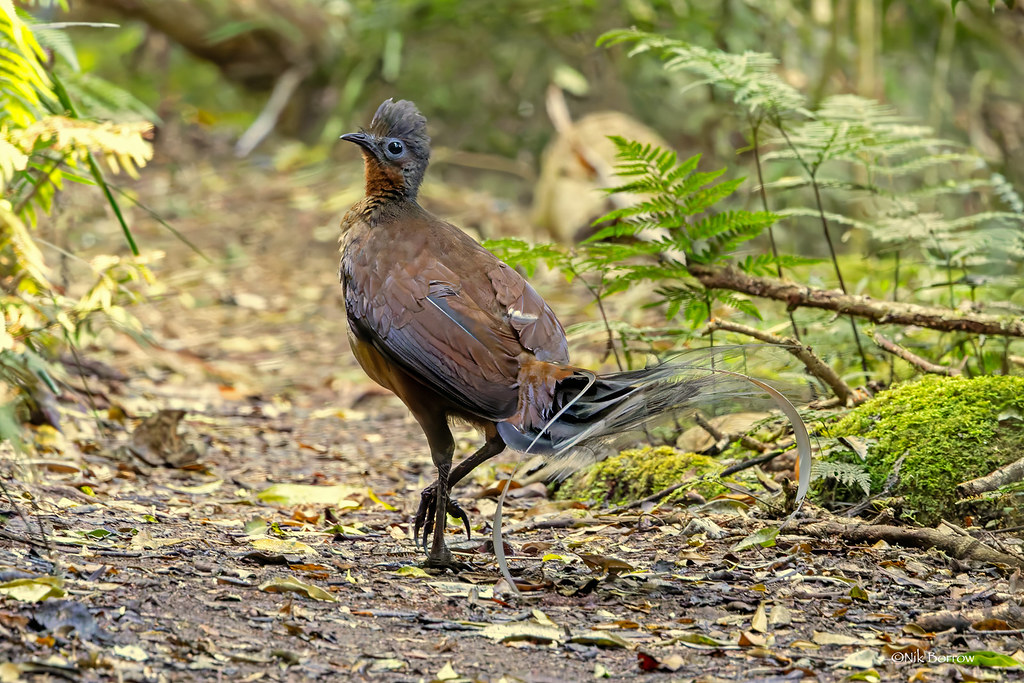
Current research into lyrebirds focuses on several fascinating frontiers, including the neurological basis of their mimicry abilities. Scientists are using advanced imaging techniques to study the lyrebird brain, particularly the regions associated with sound processing and production. Another research direction involves documenting the cultural transmission of sounds between generations of lyrebirds, with evidence suggesting that different populations develop distinct “dialects” of mimicry. Bioacoustic researchers are creating comprehensive libraries of lyrebird vocalizations to track how their repertoires change in response to environmental shifts, including human-caused sounds. Some researchers are even exploring potential applications of understanding lyrebird vocal learning for human speech therapy and voice recognition technology, highlighting how these remarkable birds continue to inspire scientific innovation.
Observing Lyrebirds in the Wild
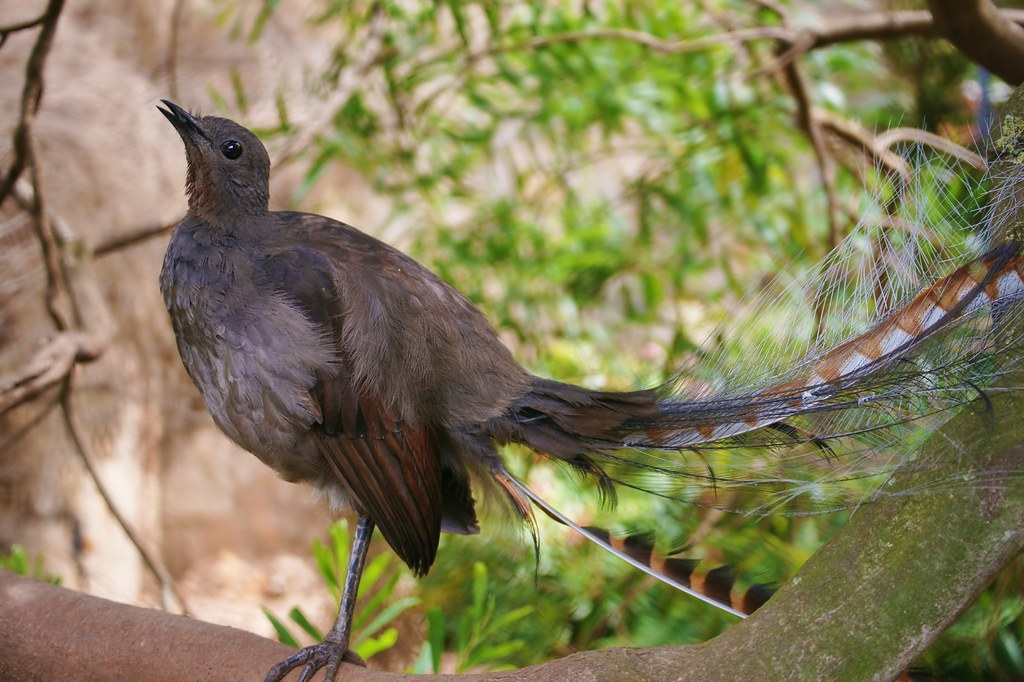
For wildlife enthusiasts hoping to witness lyrebirds firsthand, patience and preparation are essential. The best time to observe these elusive birds is during their peak breeding season from June to August in the Australian winter, when males perform their elaborate courtship displays. Several national parks in southeastern Australia offer designated walking trails through lyrebird habitat, including Royal National Park near Sydney and Sherbrooke Forest in Victoria’s Dandenong Ranges. Early morning provides the optimal viewing time, as males often perform their vocal showcases at dawn when the forest is quietest. Visitors should move quietly, wear neutral colors, and maintain a respectful distance to avoid disturbing these sensitive birds. Many observers report that the experience of hearing a lyrebird cycling through its repertoire of perfect imitations ranks among Australia’s most memorable wildlife encounters.
Conclusion
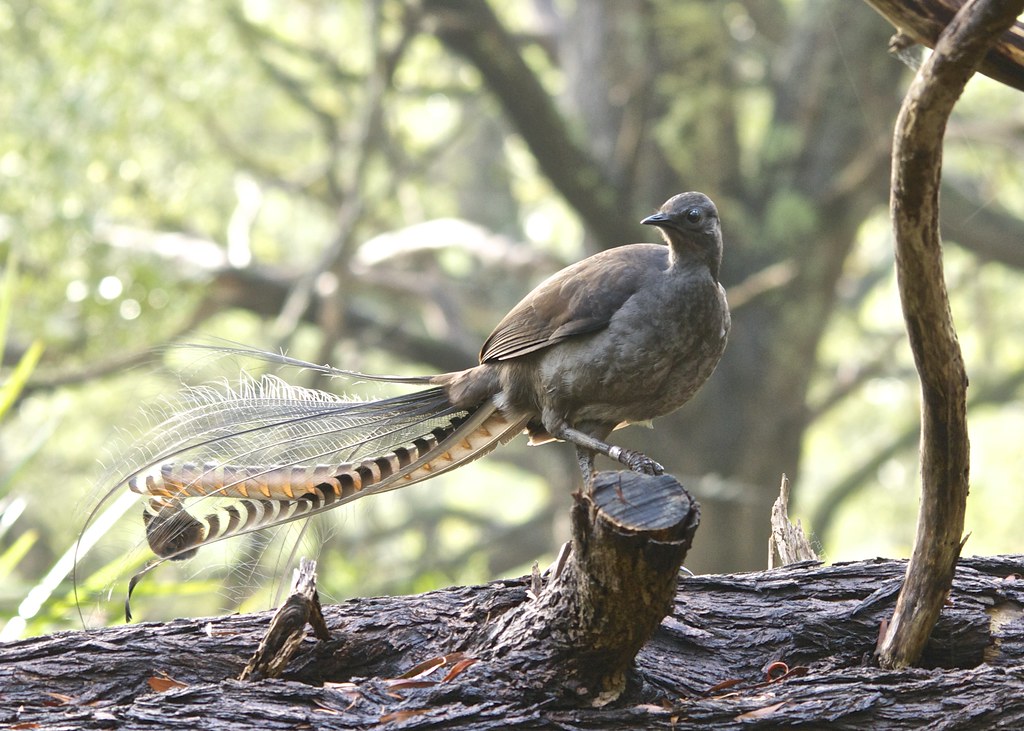
The lyrebird stands as nature’s ultimate sound artist, possessing vocal abilities that continue to astonish even the most experienced ornithologists. With their capacity to mimic over 200 distinct sounds—from the calls of fellow forest creatures to the mechanical noises of human civilization—these remarkable birds represent one of evolution’s most specialized adaptations. Their extraordinary talents serve as a powerful reminder of nature’s complexity and creativity, while simultaneously raising important questions about animal cognition, learning, and communication. As research continues to unveil new aspects of their abilities, lyrebirds maintain their status as one of Australia’s most treasured natural wonders and one of the animal kingdom’s most accomplished performers. In their remote forest homes, they continue their ancient tradition of sonic artistry, transforming everything they hear into their own unique symphonies.
